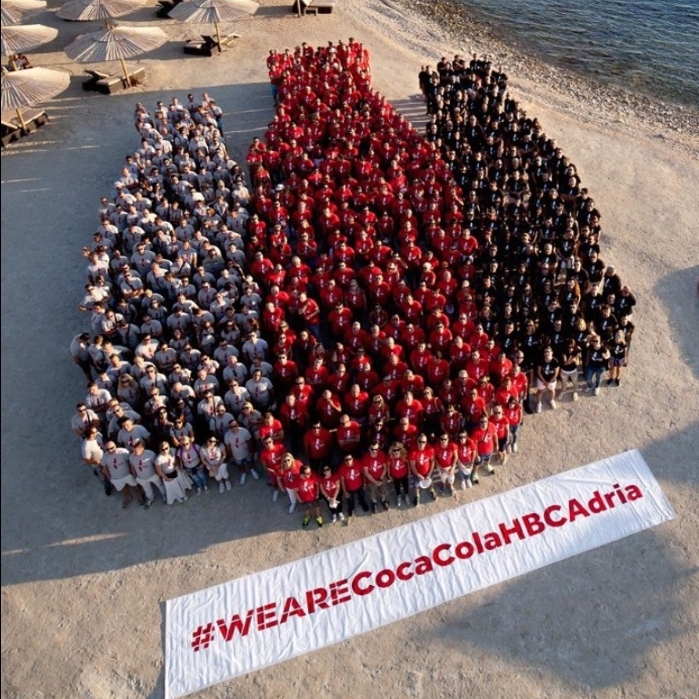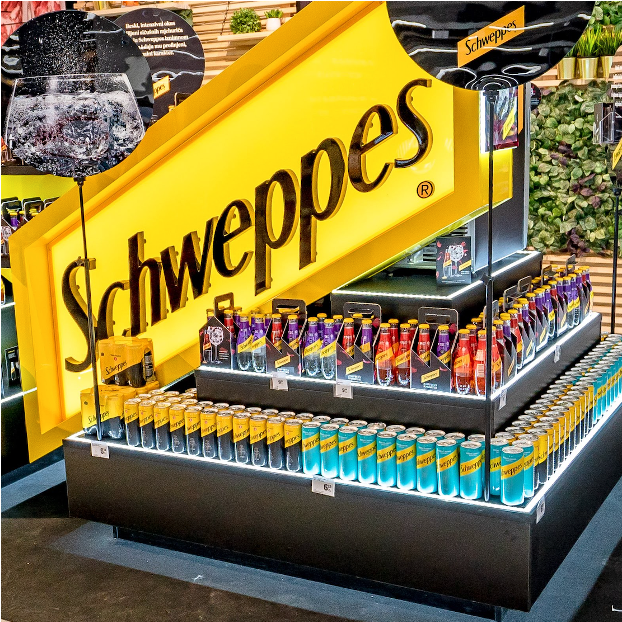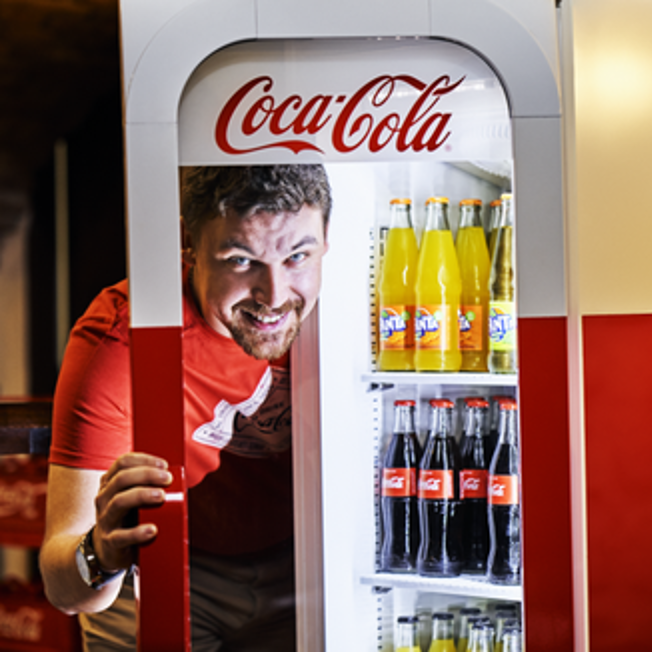Reliable plan
Coca-Cola HBC will work towards its net zero emissions target by adopting several approaches:
- invest EUR 250 million in emission reduction initiatives by 2025;
- continue to pursue the process of decarbonizing direct activities by moving towards 100% renewable electricity and low-carbon energy sources with ongoing improvement and innovation in the field of energy efficiency;
- accelerate the move towards more circular, low-carbon packaging by increasing the use of recycled rPET plastics, introducing packaging-free products and refillable product options, and removing plastic from secondary packaging;
- provide customers with energy-efficient and environmentally friendly refrigerators;
- reduce emissions of agricultural compounds;
- introduce a Green Fleet program to introduce low or zero carbon vehicle alternatives.
Coca-Cola HBC has also introduced CO2 reduction targets as one of the elements in the company’s long-term leadership reward scheme.
Years of experience
Coca-Cola HBC was one of the first companies to commit to science-based targets and deliver on them. Over the last decade, the company has halved its direct emissions and a plan to reduce CO2 emissions by 2030 has already been endorsed and approved in the context of limiting the increase in global average temperature to just 1.5 degrees Celsius above pre-industrial levels. In March 2021, Coca-Cola HBC was ranked the world’s most sustainable beverage company by the Dow Jones Sustainability Index for the fifth time in the last seven years, its highest ever score. The company also ranks among the top sustainable companies according to ESG criteria such as CDP, MSCI ESG and FTSE4Good.
Notes
* In line with the methodology used by Coca-Cola HBC to measure and report its emissions, greenhouse gas emissions are classified into three scopes:
- Scope 1 emissions: all direct emissions from any fuel used in production plants, offices and distribution centers, as well as fuel used in the company’s fleet;
- Scope 2 emissions: all indirect emissions generated by the business, such as electricity or other energy used by the business;
- Scope 3 emissions: all indirect emissions from third parties in the value chain; this includes, for example, emissions from the production of raw materials used by the company (sugar, fruit concentrate, packaging), emissions related to electricity used in refrigerators by the company’s customers, and emissions from the use of fuel for logistics and transport by the company’s partners.
While direct GHG emissions in Scopes 1 and 2 account for 11% of total emissions, the bulk of emissions come from Scope 3 or indirect emissions from the company’s value chain.








